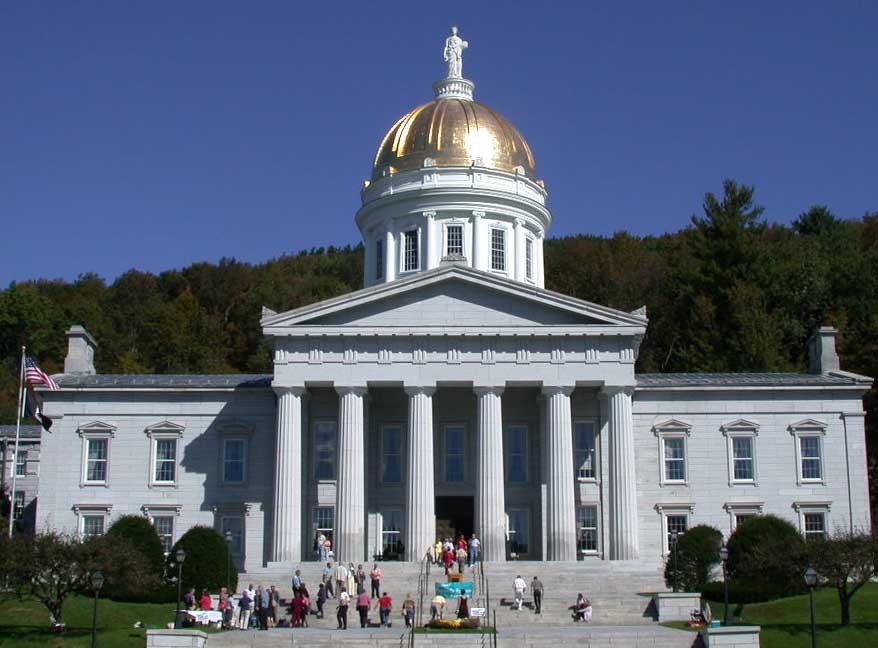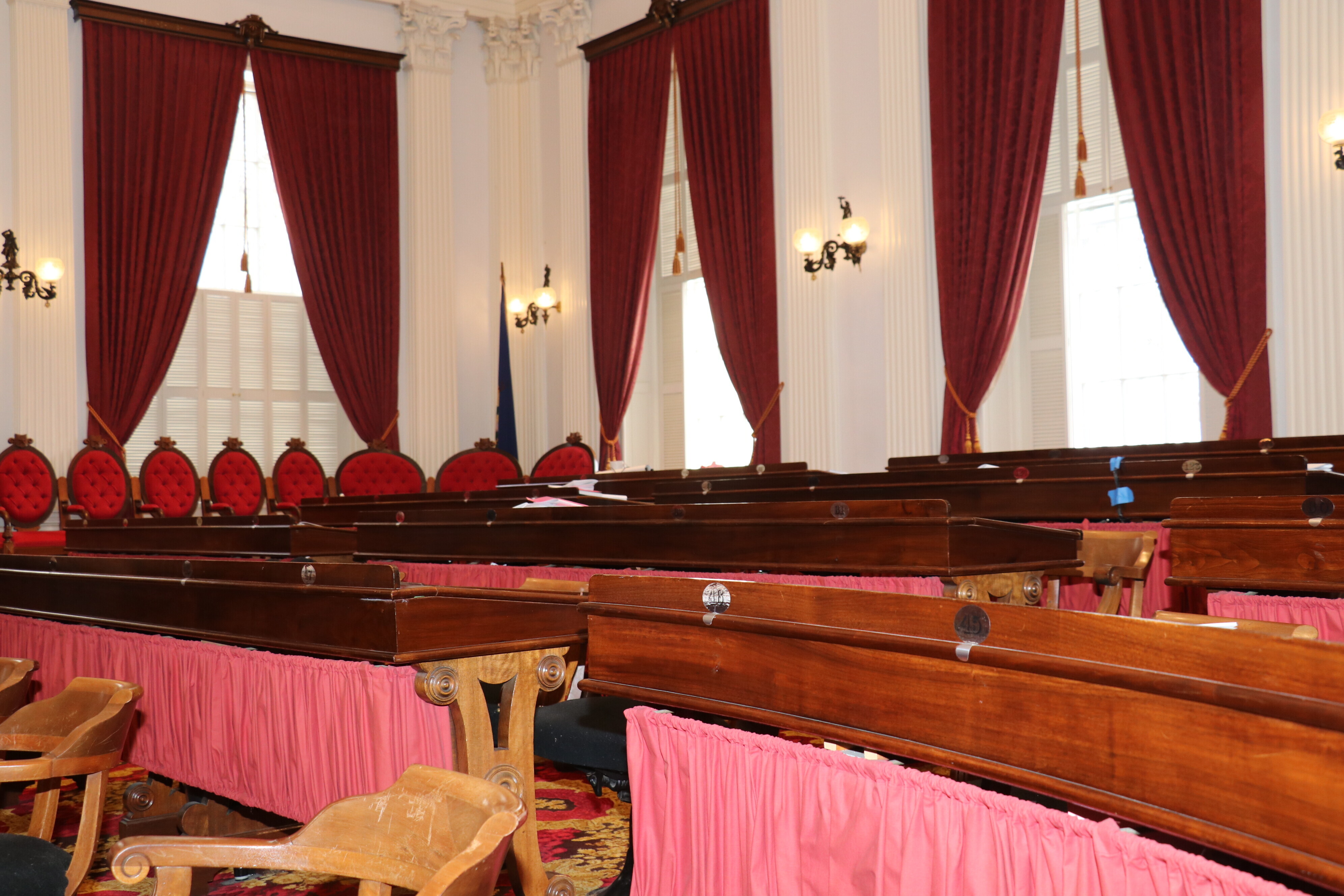An Unprecedented Mid-Session Legislative Report

In “normal” years, we publish a mid-session legislative report in March. We wait until two crucial milestones have been passed. First, the policy “crossover” deadline – the date by which policy bills need to be passed by the originating chamber to give time for consideration by the other. Second, usually a week later, the budget crossover when the House passes a budget and sends it to the Senate. Taken together, policy “crossover” and the House budget form the basis of our advocacy and our understanding of the policy and political environment for the remainder of the session.
This year, COVID-19 entirely disrupted the process. As the crossover deadlines loomed, it became clear that the novel coronavirus had moved from a distant threat to an immediate one. The governor declared a state of emergency. The House Health Care Committee shifted its focus to the passage of an omnibus public health emergency bill (Act 91) to give the health care system the tools and flexibility it would need from state statutes to respond to the crisis. In two days, with the help of health care policy experts from a newly formed coalition of health care provider associations including the VNAs of Vermont, a bill had been written and passed. The House and Senate also passed emergency legislation to provide for a “remote” session to continue their work. And then suddenly, the State House was closed along with almost everything else that wasn’t essential. Act 91 became law in the first weeks of remote legislating via Zoom.
Today, the 2020 session isn’t over. The legislature recessed on June 26 until August 25. Lawmakers finished up their work on many policy bills, allocated all but $140 million of federal coronavirus relief funds, and passed a short-term budget to get Vermont through the first quarter of SFY2021 which began on July 1. When they return, they will face the daunting task of passing a budget for the rest of SFY2021 with state revenues in disarray. The shortfall estimates keep changing, but hover around the $300 million range.
The $140 million of the federal funds was set aside in the unlikely event that Congress and the president agree to allow federal money to be used to backfill state budgets. The more likely scenario is that Vermont will have to balance the budget through a combination of reserves, cuts and tax increases. It’s going to be a very challenging September.
To read my full mid-session report, go here.
![]()


